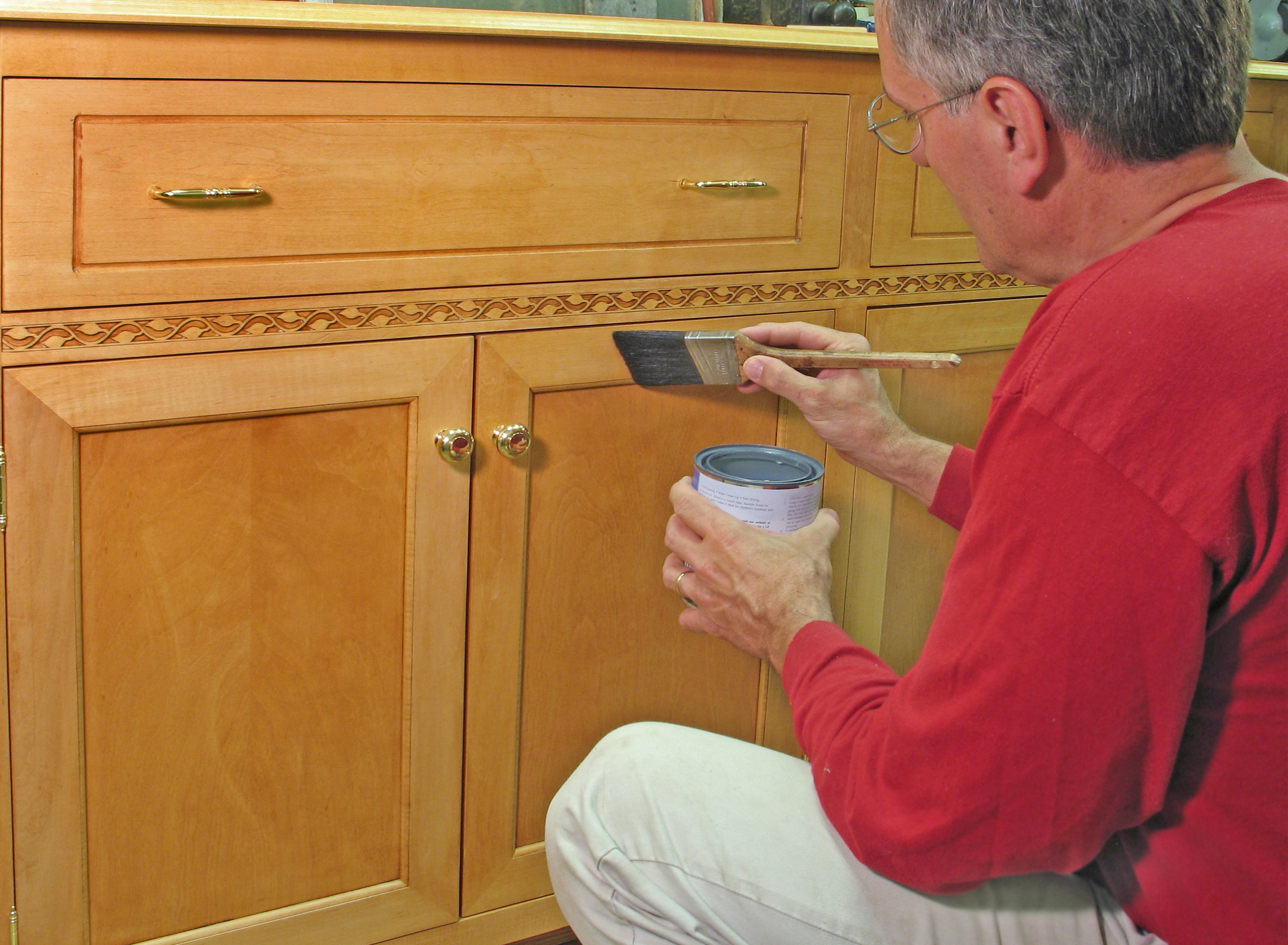Practical Implications: Should You Paint Inside Of Cabinets

Painting the interiors of your cabinets is a significant undertaking, impacting both aesthetics and the longevity of your kitchen or bathroom. The choice of paint, the preparation process, and the application technique all play crucial roles in determining the final result and its durability. Understanding these factors is key to achieving a professional-looking finish that will withstand the test of time.
Paint Type and Durability
The durability of your cabinet interior paint is directly linked to the type of paint used. Oil-based paints, traditionally favored for their hardness and resistance to moisture, offer superior durability compared to latex paints. However, oil-based paints have a strong odor, require longer drying times, and are more challenging to clean up. Latex paints, on the other hand, are low-odor, water-cleanable, and dry quickly, making them a popular choice. Modern latex paints, particularly those formulated for high-traffic areas, offer improved durability and moisture resistance, closing the gap with oil-based options. Several factors beyond paint type influence longevity. High-humidity environments necessitate the use of paints with enhanced mildew resistance. Frequent cleaning and exposure to harsh chemicals can also accelerate wear and tear, regardless of paint type. Regular maintenance, such as gentle wiping, helps prolong the lifespan of any paint job.
Cabinet Interior Preparation
Thorough preparation is paramount for a successful paint job. Neglecting this step often leads to uneven surfaces and premature paint failure. The process involves several key steps: First, completely empty the cabinets and remove any hardware such as knobs and hinges. Next, clean the cabinet interiors thoroughly with a degreaser to remove any grease, grime, or sticky residue. Allow the surfaces to dry completely. Any damaged areas, such as chips or scratches, should be repaired with wood filler. Once the filler is dry, sand the entire surface using fine-grit sandpaper (120-180 grit) to create a smooth, even surface. This removes any imperfections and ensures proper paint adhesion. Finally, apply a high-quality primer designed for cabinetry. The primer provides a uniform base for the topcoat, improving adhesion and preventing the underlying wood grain from showing through.
Addressing Common Cabinet Interior Issues
Minor damage and uneven surfaces are common problems in older cabinets. Small chips and scratches can be easily repaired using wood filler, followed by sanding and priming. For larger areas of damage, consider replacing the affected sections of the cabinet door or panel. Uneven surfaces, often caused by years of wear and tear, require careful sanding to create a smooth base for the paint. Before painting, assess the cabinet’s condition and address any significant damage or imperfections. During painting, pay extra attention to problem areas to ensure a uniform finish. Consider using a flexible putty knife to fill in any cracks or gaps before applying primer.
Paint Application Techniques, Should you paint inside of cabinets
Proper paint application is crucial for achieving a smooth, even finish.
- Prepare your workspace: Cover the floor and surrounding areas with drop cloths to protect them from paint spills.
- Use a high-quality brush or roller: A good-quality brush or roller will provide a smoother finish and reduce the risk of streaks.
- Apply thin, even coats: Avoid overloading the brush or roller with paint. Multiple thin coats are better than one thick coat, which is more prone to dripping and uneven drying.
- Work in a well-ventilated area: Ensure proper ventilation to prevent the buildup of paint fumes.
- Allow sufficient drying time between coats: Follow the manufacturer’s instructions for drying time between coats. This ensures proper adhesion and prevents the paint from being lifted or damaged.
- Use a light sanding between coats: Lightly sand between coats to remove any imperfections before applying the next coat. This will create a smoother, more even finish.
- Maintain a wet edge: When working with a roller, maintain a wet edge to avoid lap marks. This involves blending each section of paint smoothly into the previously painted area.
